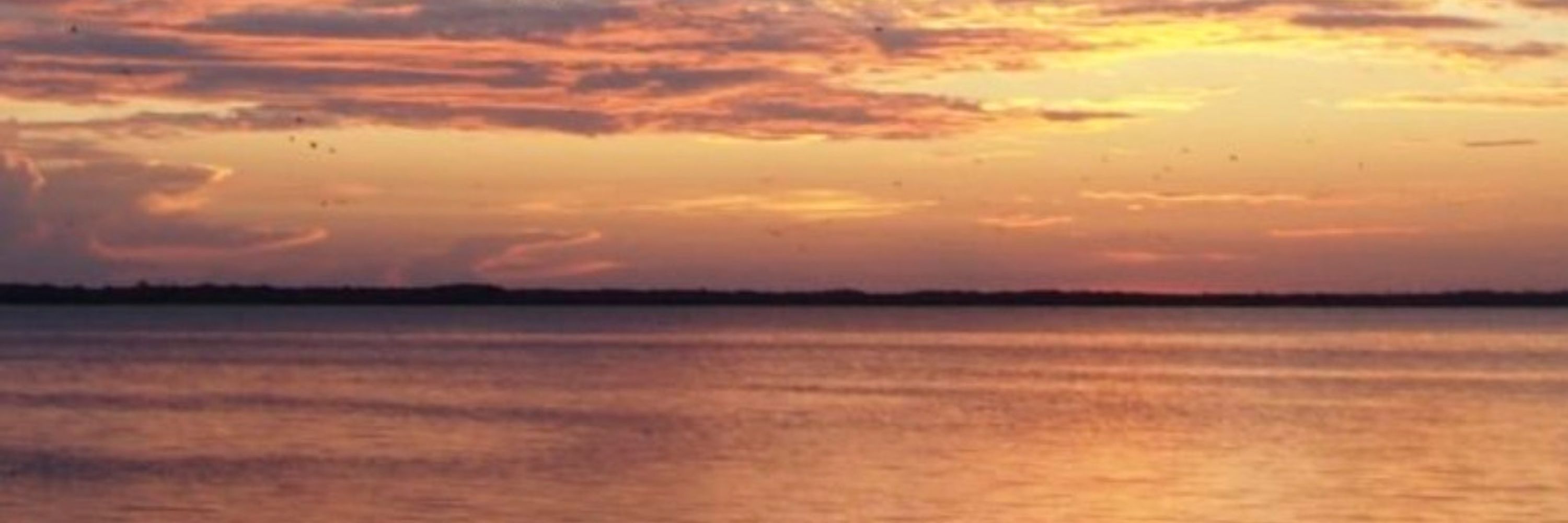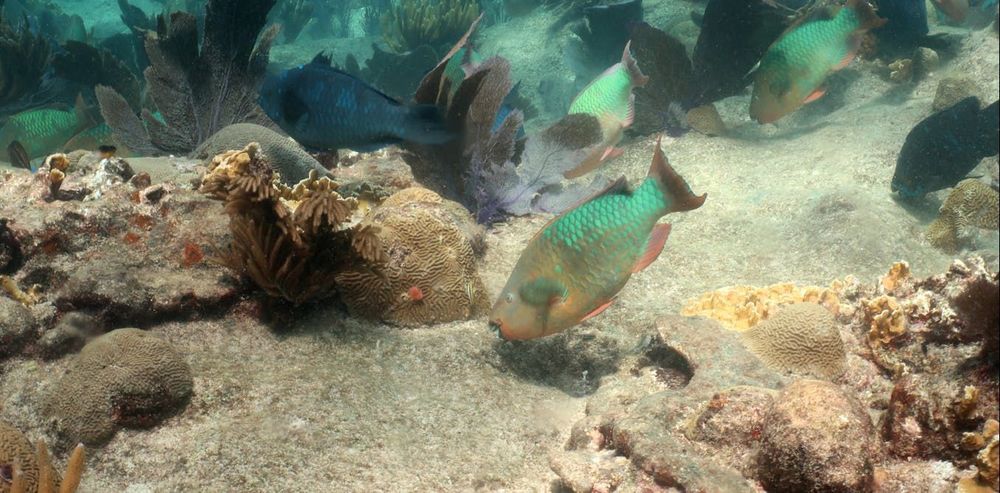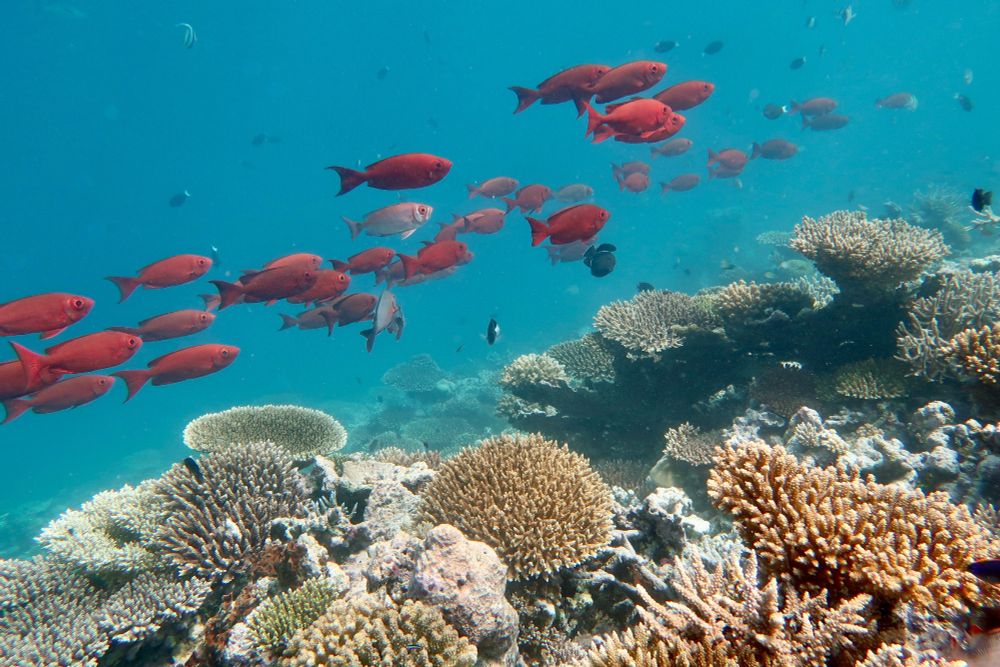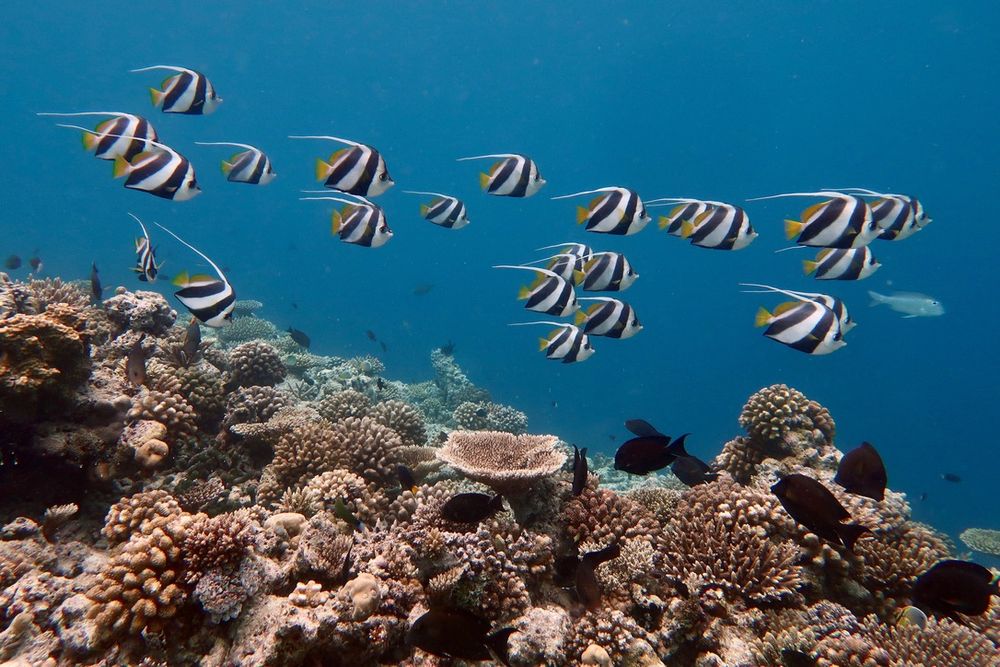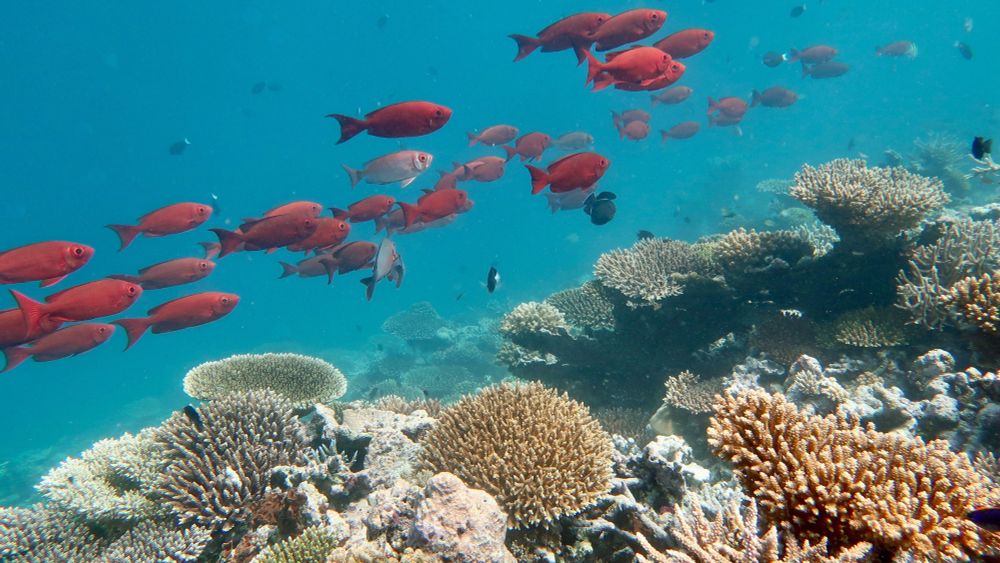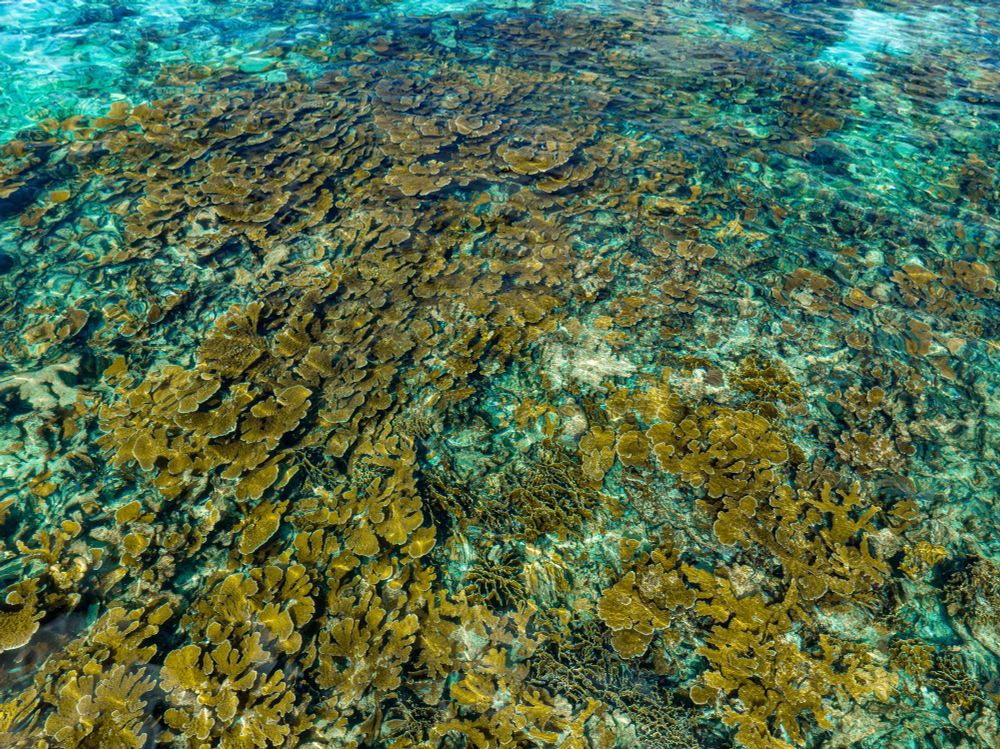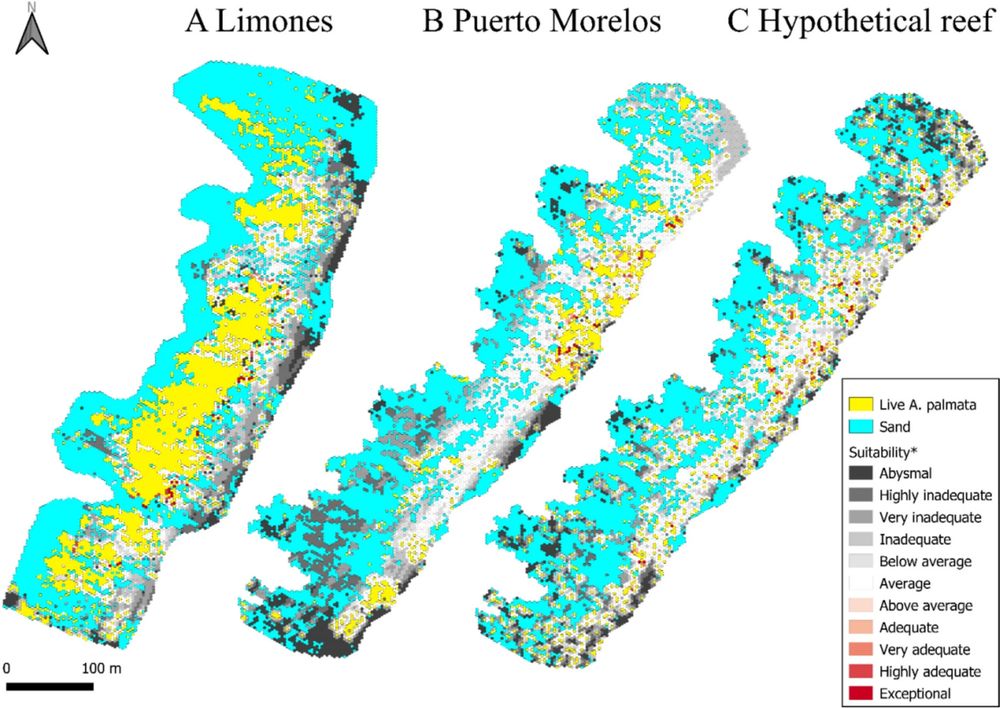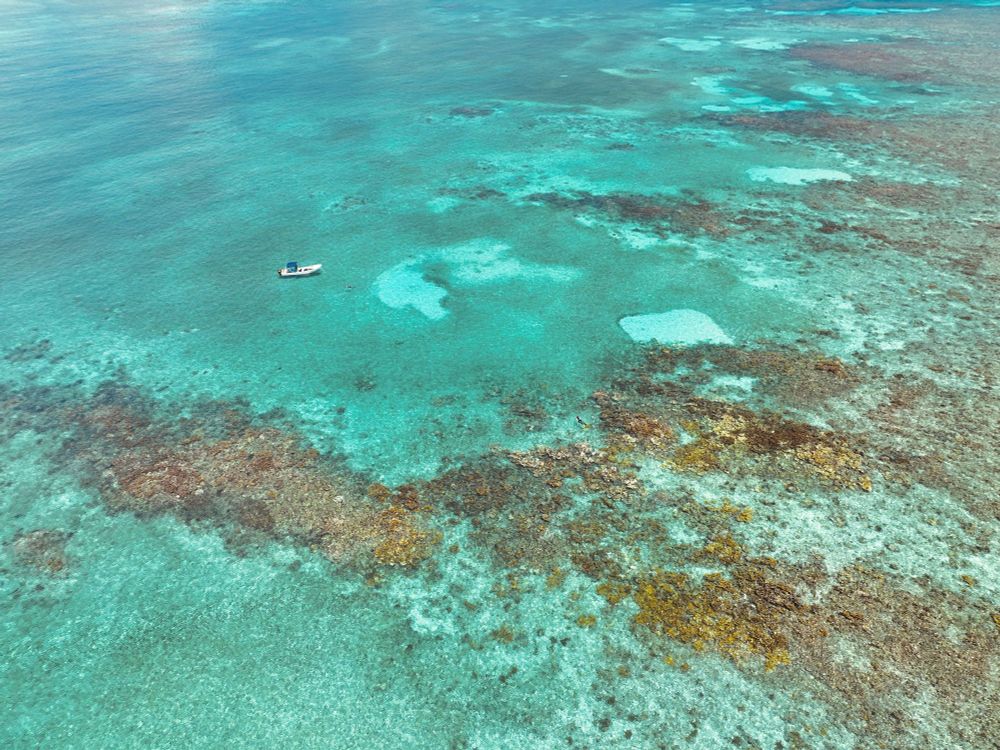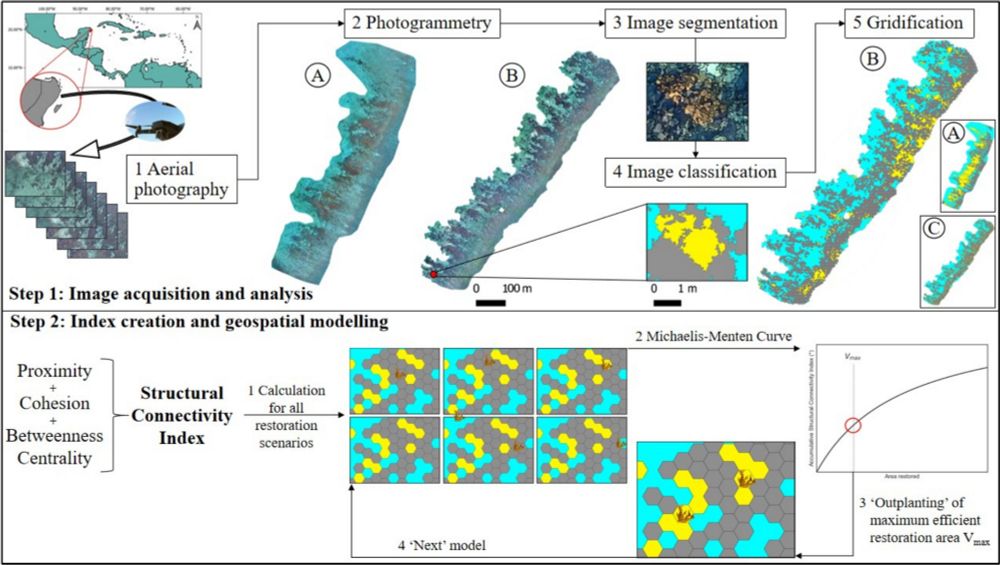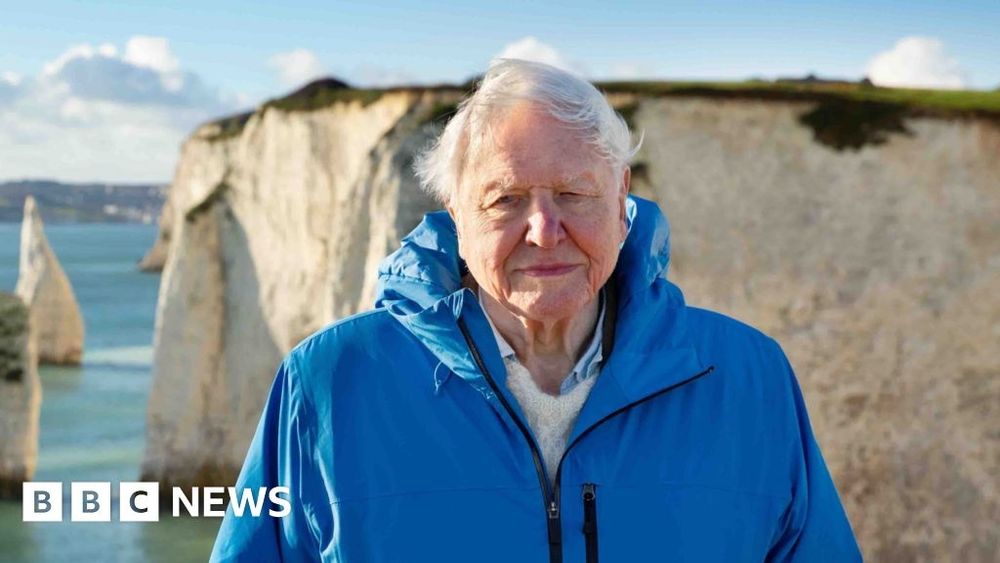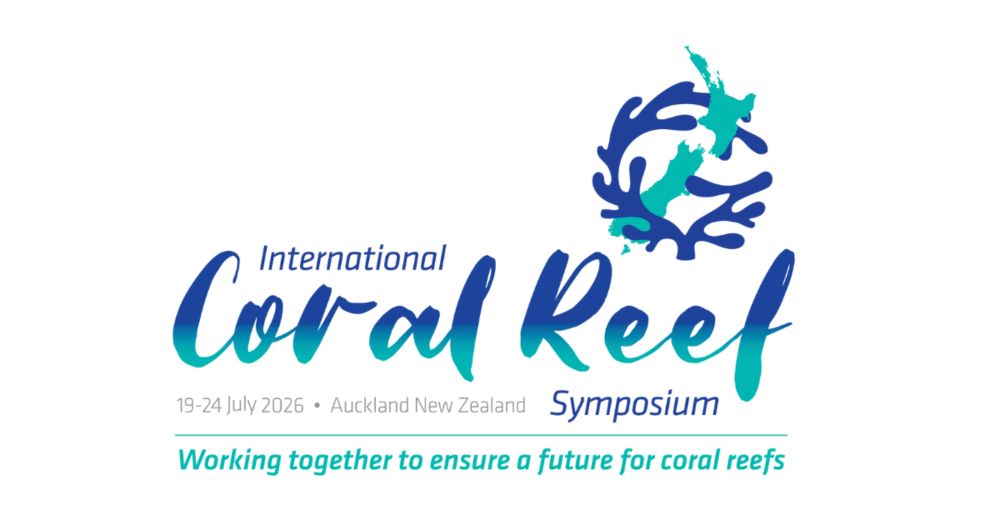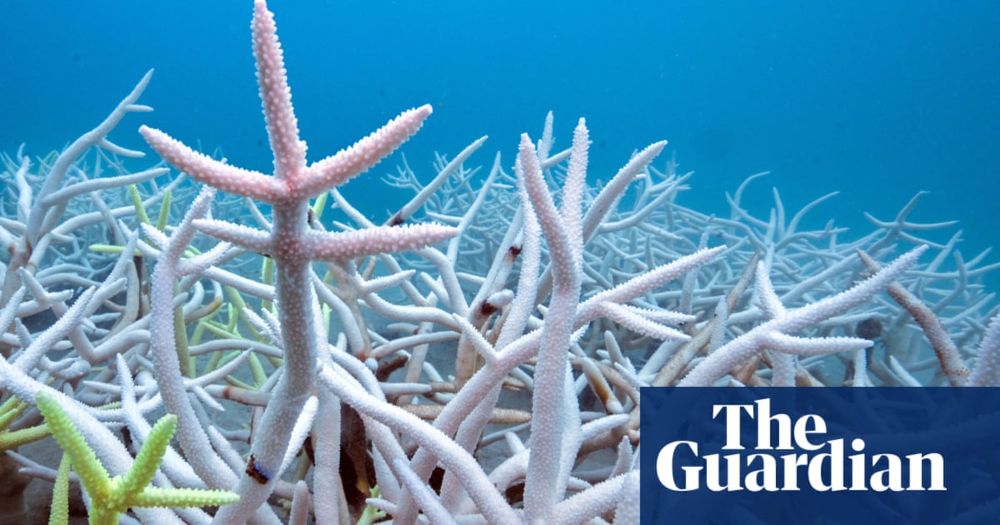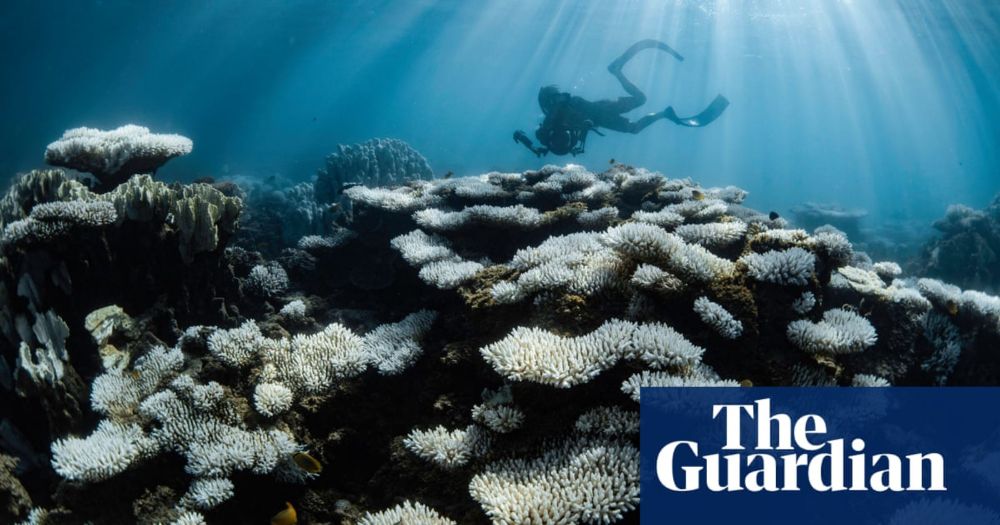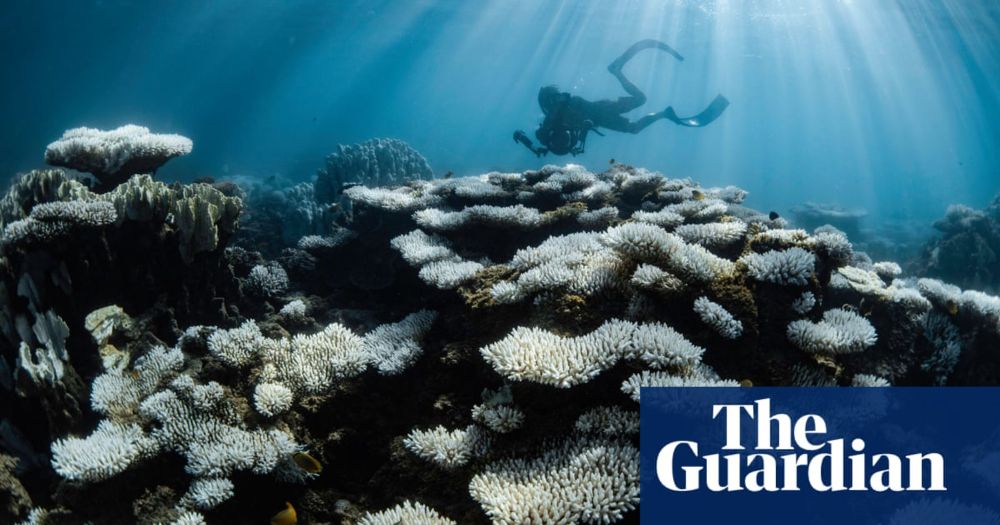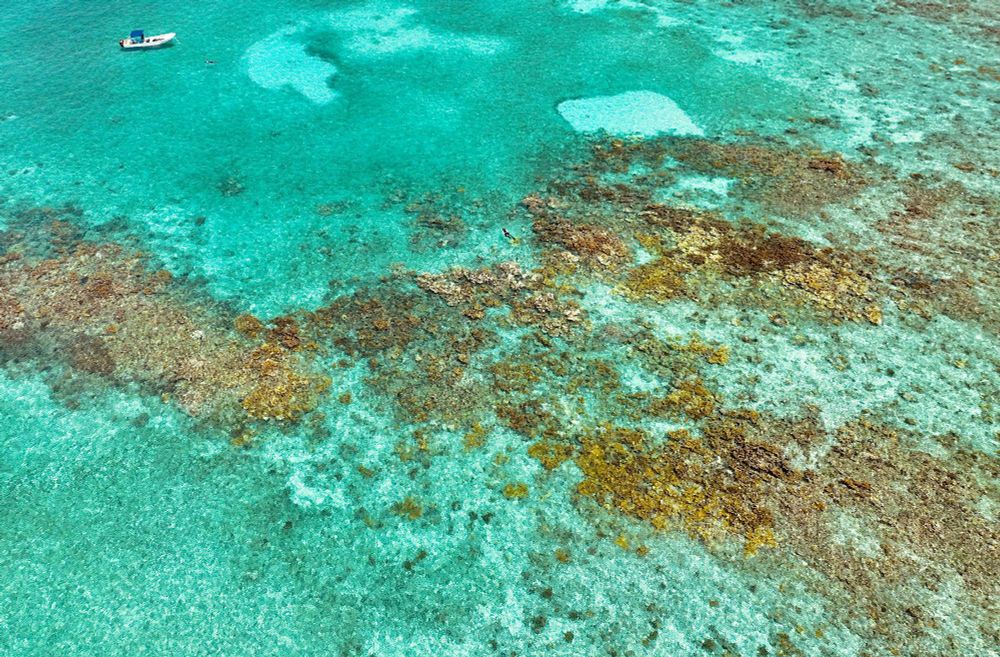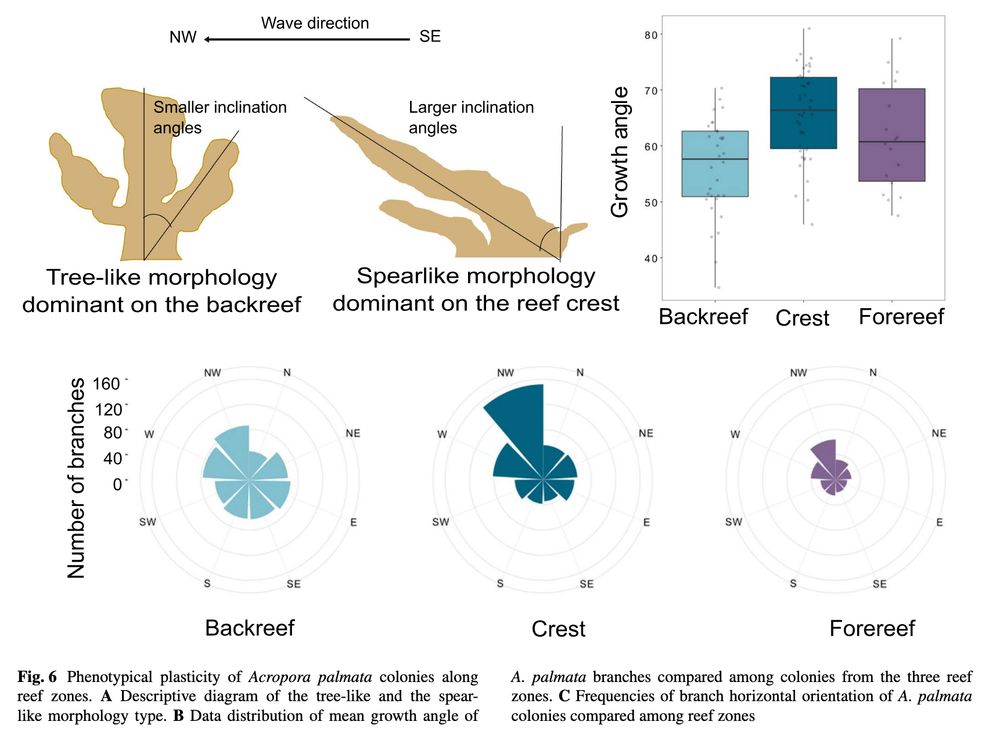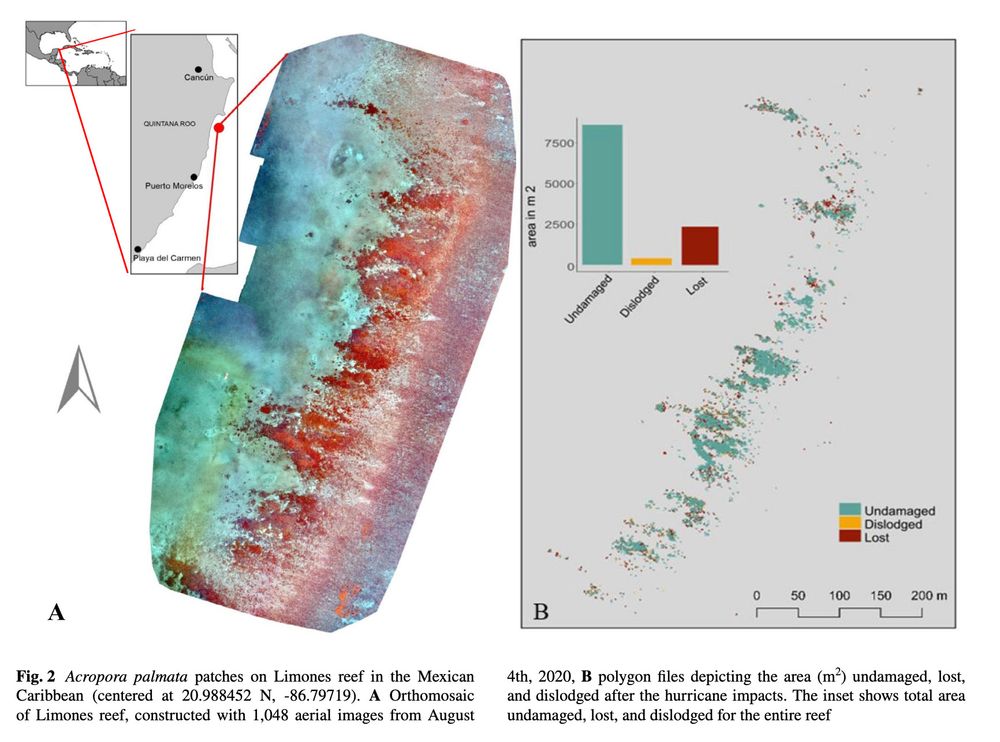Lorenzo Alvarez-Filip
@lalvarezfilip.bsky.social
610 followers
360 following
53 posts
Coral reef ecologist
barcolab.org
Posts
Media
Videos
Starter Packs
Reposted by Lorenzo Alvarez-Filip
Nature
@nature.com
· 19d

Reduced Atlantic reef growth past 2 °C warming amplifies sea-level impacts - Nature
An analysis of coral reefs in the tropical western Atlantic suggests that nearly all will be eroding by 2100 if global warming exceeds 2 °C, which will worsen the effects of sea-level rise.
go.nature.com
Reposted by Lorenzo Alvarez-Filip
Reposted by Lorenzo Alvarez-Filip
Reposted by Lorenzo Alvarez-Filip
Reposted by Lorenzo Alvarez-Filip
Terry Hughes
@profterryhughes.bsky.social
· Jul 31
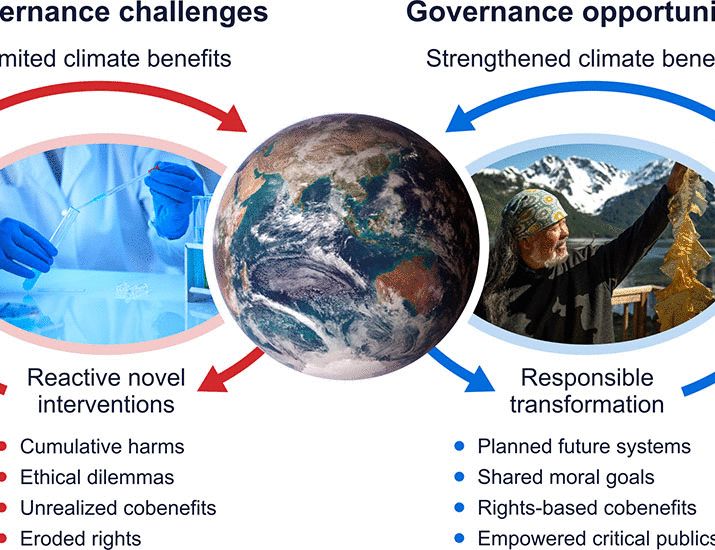
Governing novel climate interventions in rapidly changing oceans
Marine systems are rapidly changing in response to global heating. The scale and intensity of change are triggering a host of novel interventions to sustain oceans and ocean-dependent societies. Howev...
www.science.org
Reposted by Lorenzo Alvarez-Filip
Reposted by Lorenzo Alvarez-Filip
Reposted by Lorenzo Alvarez-Filip
Reposted by Lorenzo Alvarez-Filip
Ken Caldeira
@kencaldeira.com
· May 3
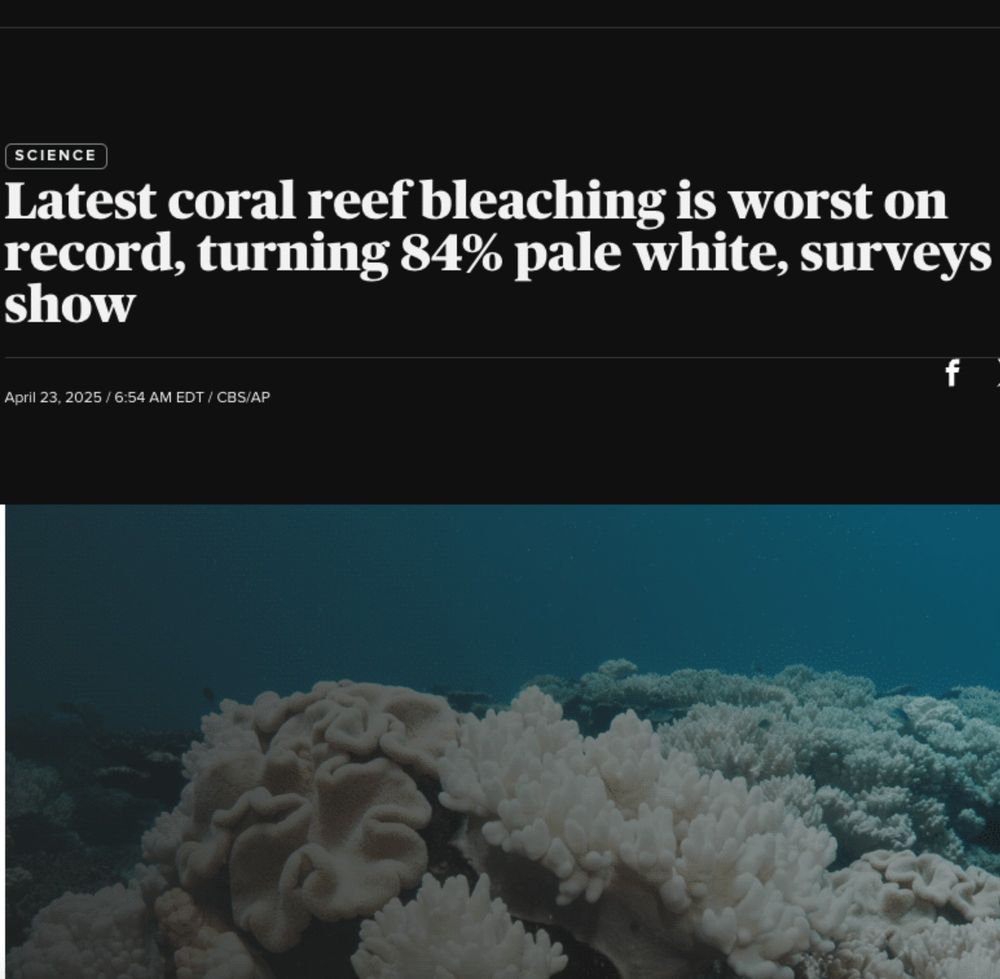
84% of the world’s reefs recently experienced bleaching-level heat stress, but not all were ‘completely bleached' - Science Feedback
84% of Earth's reefs experienced bleaching-level heat stress, but not all were completely bleached. Mass bleaching was reported in 82 different countries and territories, but it will be years until sc...
science.feedback.org
Reposted by Lorenzo Alvarez-Filip
Climate Tracker
@climate.skyfleet.blue
· Apr 23
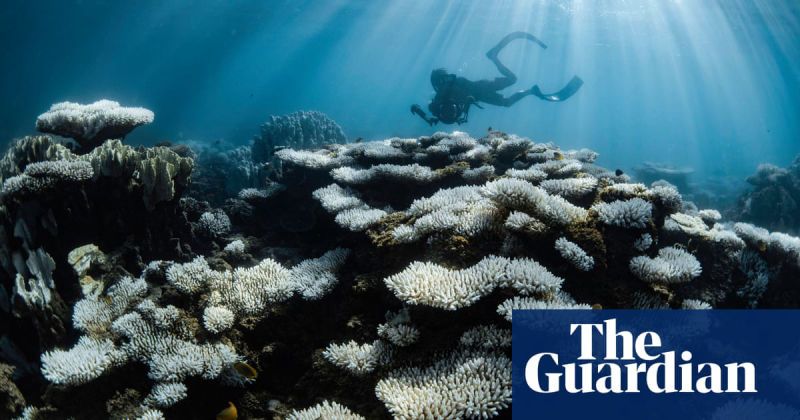
More than 80% of the world’s reefs hit by bleaching after worst global event on record
An ashen pallor and an eerie stillness all that remains where there should fluttering fish and vibrant colours in the reefscape, one conservationist says
www.theguardian.com
Reposted by Lorenzo Alvarez-Filip
Terry Hughes
@profterryhughes.bsky.social
· Apr 27
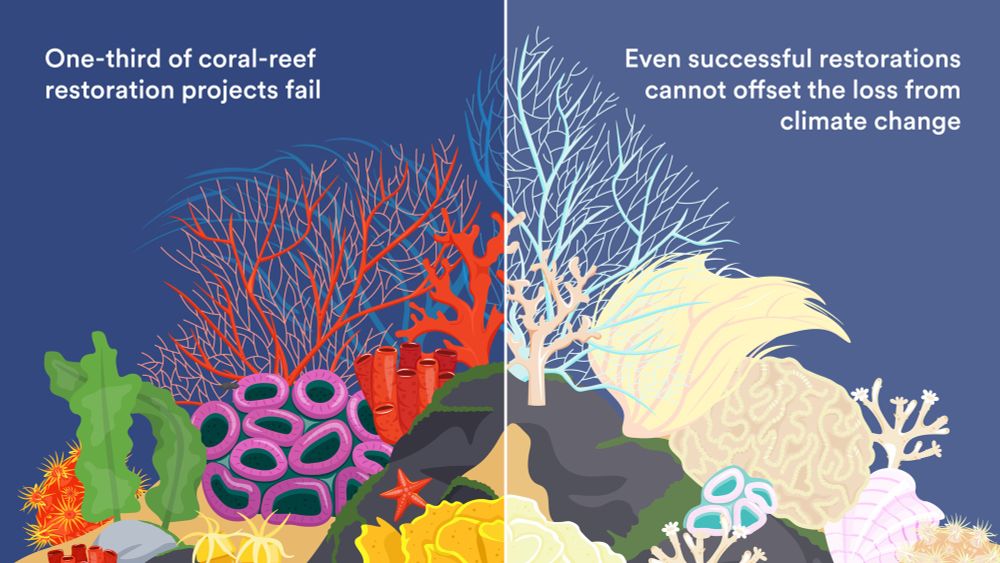
Coral restoration projects failing: One-third ineffective and unlikely to scale, study finds
As coral bleaching and deaths become more widespread globally, experts are re-evaluating the benefits of restoration missions to reverse damage and protect some of the world's most species-rich ecosys...
phys.org
Reposted by Lorenzo Alvarez-Filip
Reposted by Lorenzo Alvarez-Filip
Terry Hughes
@profterryhughes.bsky.social
· Apr 17
